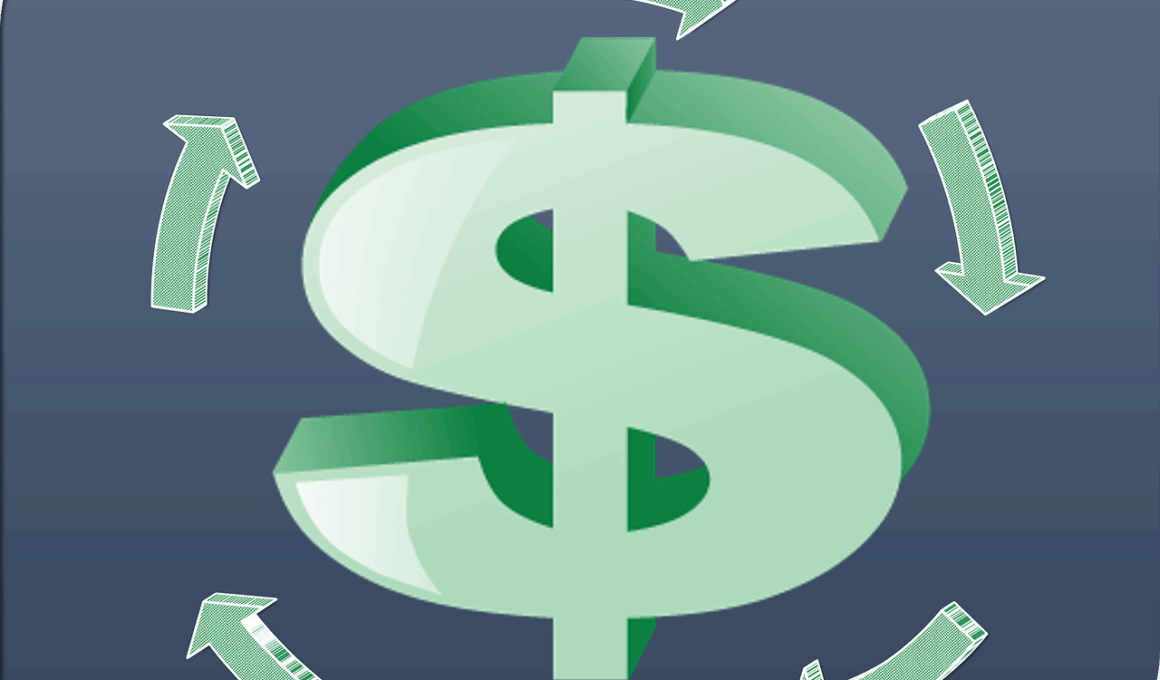Understanding the Difference Between Cash Flow and Profit for Small Businesses
For small businesses, understanding financial concepts is crucial for long-term success. Cash flow and profit are two key terms, and they are often used interchangeably, which can create confusion. However, they represent different aspects of a business’s financial health. Cash flow refers to the inflows and outflows of cash in a business. It’s essential to maintain positive cash flow to cover expenses and invest in growth opportunities. Profit, on the other hand, is the revenue that remains after deducting all expenses, including operating costs, taxes, and interests. This distinction is vital for entrepreneurs as it impacts decision-making and financial strategy.
Every small business owner must grasp the essence of cash flow management. This management involves tracking when money enters and exits the business. It’s possible for a company to be profitable yet face cash flow issues. For instance, a business may have substantial sales, yet if customers delay payments, it may struggle to meet its immediate obligations. Ensuring a healthy cash flow requires proper forecasting, monitoring of accounts receivable, and consideration of potential financial shocks. A proactive approach to managing cash can help mitigate risks and create stability in operations.
One important distinction between cash flow and profit lies in their timing. Cash flow is about the timing of cash movements, while profit is determined after all expenses are accounted for, regardless of cash movements. A business can report high profits on paper but may face cash crunches if the actual cash does not correspond. Understanding this difference helps business owners adapt their strategies to maintain smooth operations. Regular cash flow forecasting can help owners foresee possible cash shortages, allowing timely actions to address potential gaps.
The Importance of Cash Flow Management
Effective cash flow management is significant for small businesses. It involves preparing a comprehensive cash flow statement to track cash inflows and outflows. This practice aids in identifying patterns and trends within the business. By analyzing historical cash flow data, business owners can predict future cash needs and make informed financial decisions. Moreover, effective management of cash can facilitate investments in new opportunities and operational improvements. Strategies such as offering discounts for early payments or tightening credit policies can enhance cash flow significantly.
In contrast, profit is often seen as an indicator of business success. It gives an overview of how much the business has earned after all expenses. However, profit does not account for cash on hand, which is essential for day-to-day operations. Entrepreneurs should recognize that achieving profitability does not guarantee solvency. A focus solely on profit can lead to risks if cash flow is neglected. Balancing both metrics is essential for ensuring financial stability and growth. Thus, businesses should pay close attention to both cash and profit to thrive.
To enhance understanding of cash flow and profit, small business owners should utilize various tools and strategies. Budgeting is one effective method to manage expenses and forecast cash requirements accurately. Likewise, employing accounting software can help keep track of financial data and visualize trends. Regularly reviewing financial reports, including profit and loss statements alongside cash flow statements, enables business owners to see the whole picture. They can make strategic adjustments based on real-time insights to improve both cash flow and profitability for their enterprises.
Strategies for Monitoring Cash Flow
Monitoring cash flow requires discipline and routine practices. Business owners should establish a schedule for reviewing cash flow statements regularly. This routine enables them to assess day-to-day financial health. Keeping a close eye on inflow and outflow helps identify any discrepancies early on. Additionally, utilizing a cash flow projection template helps managers predict future cash flow positions effectively. By anticipating shortages or surpluses, business owners can make timely decisions, such as arranging financing options or revising payment terms with clients.
In conclusion, distinguishing between cash flow and profit is vital for small businesses looking to succeed. By understanding these concepts and their implications on financial health, business owners can make better decisions. Cash flow ensures the operational capability and longevity of the business, while profit signals overall performance. Both factors should be monitored closely and strategically managed. Implementing solid financial practices, tools, and routines will aid small business owners in navigating challenges and creating sustainable growth. The synergy between cash flow and profit is essential.


